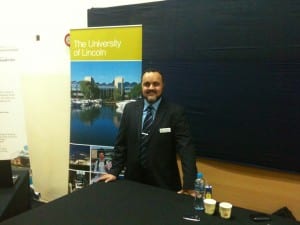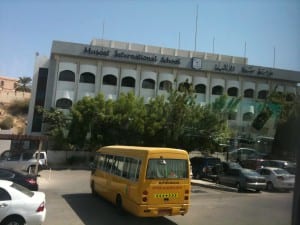Summary: “Object and Action Recognition Assisted by Computational Linguistics”.
The aim of this project is to investigate how computer vision methods such as object and
action recognition may be assisted by computational linguistic models, such as WordNet.
The main challenge of object and action recognition is the scalability of methods from
dealing with a dozen of categories (e.g. PASCAL VOC) to thousands of concepts (e.g.
ImageNet ILSVRC). This project is expected to contribute to the application of automated
visual content annotation and more widely to bridging the semantic gap between
computational approaches of vision and language.
Deadline: 20th March 2015.
A PhD studentship is advertised at
“Object and Action Recognition Assisted by Computational Linguistics”
The research is collaboration between University of Kingston (Digital Imaging Research Centre) and University of Lincoln (DCAPI group)
For details of the applications process: http://www.kingston.ac.uk/research/research-degrees/funding/phd-studentships-2015/faqs/
Deadline: 20th March 2015


